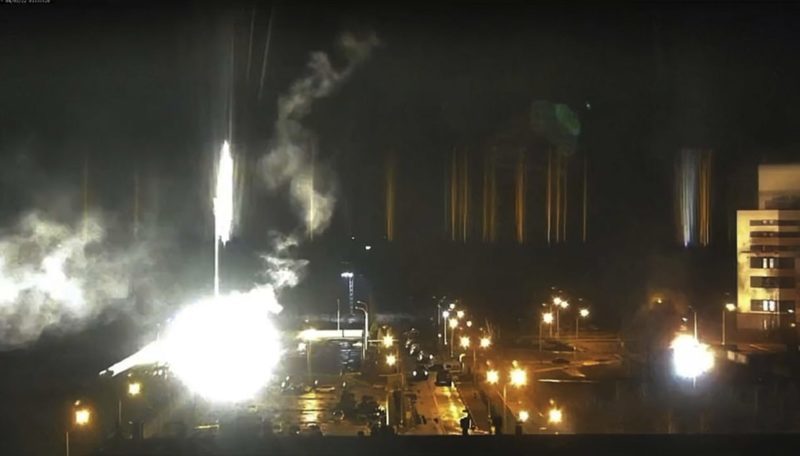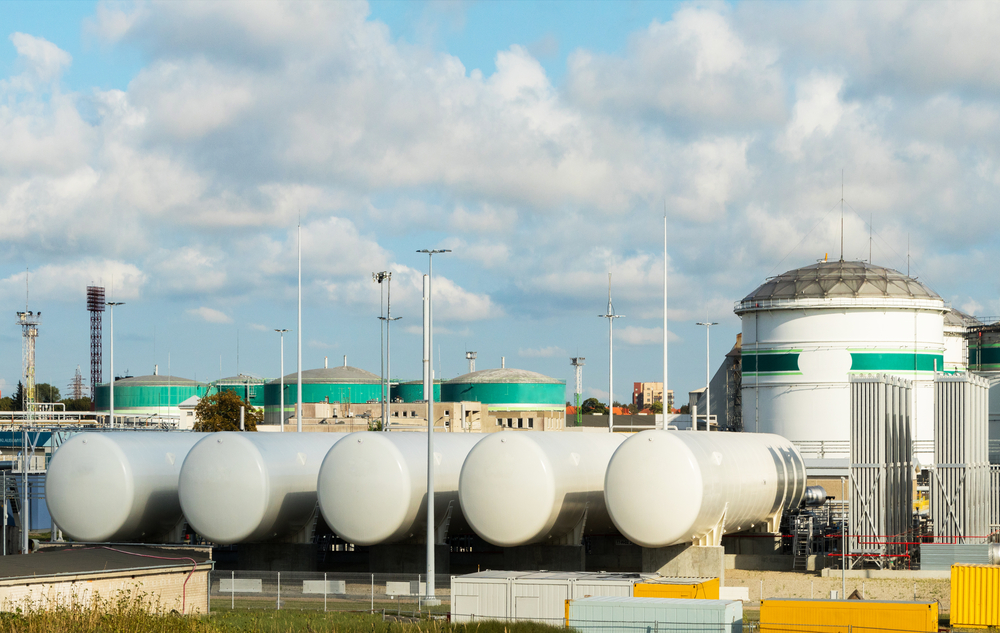The ongoing Russian invasion of Ukraine provides an opportunity to conclude how Russia will act in the event of a larger conflict with NATO. Here are the main points from a report by Ukrainian energy expert Mykhailo Honchar delivered in Rzeszów, Poland, on 13 September 2022.
Potential NATO targets for Russian sabotage operations and attacks
1. The transoceanic fiber-optic communication system connecting Europe and North America is a potential priority target for Russian sabotage activities. Underwater cables carry over 95% of intercontinental data exchange, such as email messages, phone calls, money transfers, and so on. Any disruptions to the transoceanic cables will have serious security and economic consequences for the EU member states and the US.
2. The underwater infrastructure in the Baltic Sea, which is essential for energy and information exchange between EU countries, is another target for Russian sabotage attacks. In addition to fiber-optic cables, this infrastructure includes power cables responsible for electric power transmission. These include SwePol submarine cable connecting Sweden and Poland, Gotland electric power transmission system connecting mainland Sweden and Gotland Island, the Baltic Cable power line, which connects the electric power grids of Germany and Sweden.
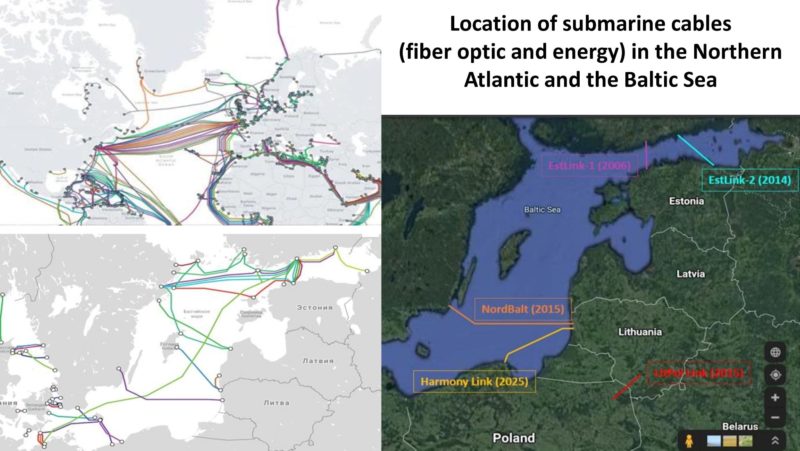
3. Russia may attempt to capture European nuclear power facilities to blackmail the EU and NATO states. The most vulnerable objects are nuclear power plants in the Baltic region. For example, Loviisa and Olkiluoto in Finland, and Forsmark and Oskarshamn in Sweden. Romania’s Cernavodă nuclear power plant, which is only 60 km from the coast, is also a potential target for Russian nuclear terrorism in the Black Sea region.
Note:
Similar scenario is possible in the event of a Chinese invasion of Taiwan. Chinese forces can conduct a landing operation to seize two decommissioned nuclear power plants in Taiwan: Jinshan and Kuosheng. Both plants are located near the coast in the island's northern part, 25 km away from the capital. This makes them a suitable target for a landing operation.
4. Russia will likely attack the Polish oil infrastructure. Russia's potential targets in Poland include Polish Armed Forces oil tankages, 19 tank farms of the PERN oil company, and strategic oil reserve facilities. It is unlikely that Russia will be able to destroy the oil reserves stored in IKS Solino’s salt caverns. However, if their above-ground facilities are damaged, they will be rendered inoperable. The above-ground infrastructure of seven underground gas storage facilities is also vulnerable to missile and sabotage attacks from Russia.
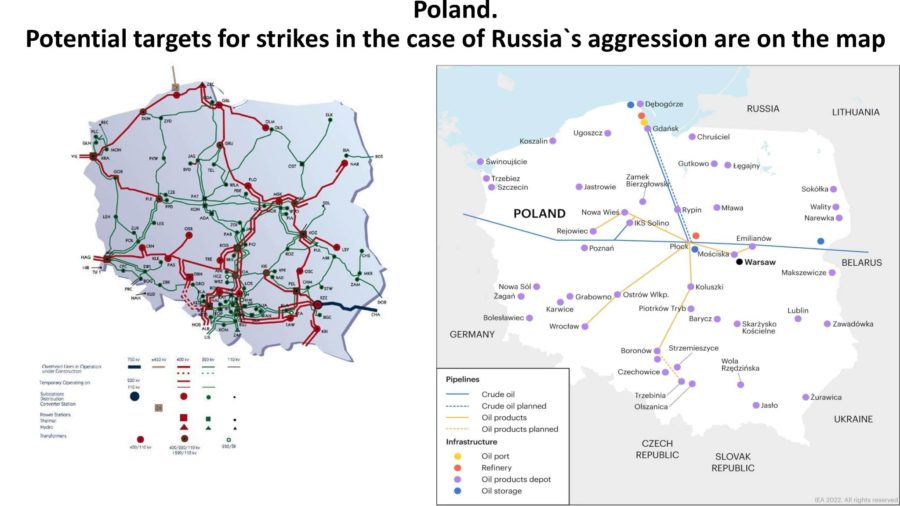
5. Russia can conduct sabotage operations, missile attacks, and bombardment of liquefied natural gas (LNG) terminals, oil harbors, and subsea interconnectors in maritime and coastal zones of the Baltic Sea. Potential targets in the south-east of the Baltic Sea include the stationary LNG terminal in Świnoujście (Poland), the floating LNG storage and regasification units in Klaipėda (Lithuania), Paldiski (Estonia) and Inkoo (Finland), the oil harbors and oil storages in Muuga (Estonia), Ventspils (Latvia), Būtingė (Lithuania) and Gdańsk (Poland), oil refineries in Mažeikiai (Lithuania), Gdańsk (Poland) and Płock (Poland). Russia may also attempt to destroy the Balticconnector natural gas pipeline connecting Finland and Estonia. Additionally, it may attempt to destroy the Baltic Pipe natural gas pipeline, which transports natural gas from the North Sea to Poland via Denmark.
6. Russia will likely attack thermal power stations to disrupt the European power grid. Polish power plants Bełchatów and Kozienice, particularly their high voltage (400 kV) electric substations, are potential targets for Russian attacks.
Russian assault against Ukraine’s energy infrastructure
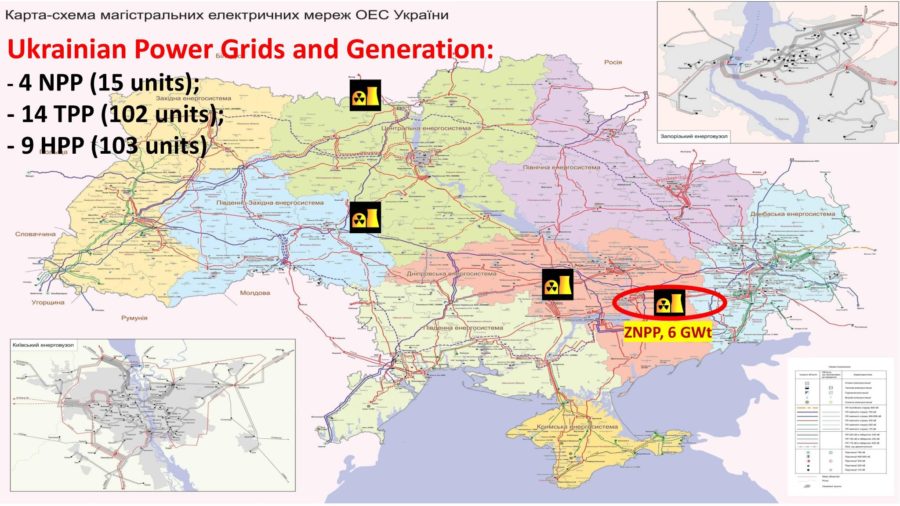
1. Since the 1990s, Russia has been attempting to gain control of the 13 underground gas storage facilities that make up Ukraine’s gas transportation infrastructure. However, Ukraine prevented it. Ukraine maintained its energy independence throughout the “gas wars” with Russia in 2006, 2009, and 2014.
This starkly contrasts with Russia’s efforts in Belarus. Moscow successfully subjugated the country's Beltransgaz natural gas infrastructure, depriving Belarus of its energy sovereignty. It also made Belarus’s dictator Aliaksandr Lukashenka politically dependent on Russia.
At the same time, Russia’s Gazprom gained significant success in Europe, where it built the Nord Stream natural gas pipelines. It also established control over several European underground gas storage facilities and became the EU’s dominant natural gas supplier.
2. Retained control over its gas transportation infrastructure helped Ukraine to preserve energy sovereignty when Russia invaded Ukraine in 2014. It allowed Ukraine to use its gas while also importing gas from Poland, Slovakia, and Hungary. Since 2015, Ukraine has not purchased natural gas from Russia’s Gazprom.
3. In its war of aggression, Russia attempts to collapse Ukraine’s energy infrastructure to coerce the country into capitulation. For this purpose, Russia has been seizing and destroying vital facilities of Ukraine’s energy infrastructure since 24 February 2022.
4. Russia has captured the Zaporizhzhia nuclear power plant in Enerhodar to commit nuclear blackmail against Ukraine and the West. Enerhodar’s energy complex includes the Zaporizhzhia Nuclear Power Plant, Europe’s largest power plant with 6 GW of capacity and six reactors, and the Zaporizhzhia Thermal Power Station with 3.6 GW capacity. Russians came close to capturing Pivdennoukrainsk Nuclear Power Plant with a 3 GW capacity and three reactors. However, the Ukrainian Armed Forces repelled them.
What’s the worst that can happen at Zaporizhzhia nuclear power plant? Four scenarios
5. Russia has destroyed 28 oil storage facilities in nearly all Ukrainian regions
. It has carried out missile strikes on operational oil refineries in Kremenchuk and Shebelynka. Additionally, it conducted strikes on already decommissioned refineries in Lysychansk and Odesa.
6. The most severe damage has been done to the Ukrainian thermal power infrastructure. It is critical for the maneuverability of nuclear generation. In Mariupol, Kharkiv, Chernihiv, Kremenchuk, Sievierodonetsk, Lysychansk, Svitlodarsk, and Okhtyrka, Russia has destroyed or severely damaged thermal power plants or district heating facilities.
7. Russia did not target major facilities in Ukraine’s natural gas transportation system because it maintains residual gas transit to Europe. However, Russian forces managed to capture Novopskov gas-compressor station. After that, the Gas Transmission System Operator of Ukraine halted gas transit through the Soyuz pipeline.
8. Since 2015, Russia has launched cyber-attacks against critical Ukrainian power generation facilities to cause the collapse of the country’s energy infrastructure. On 23 December 2015, Russia conducted its first major cyber-attack targeting the control systems of Prykarpattiaoblenerho, Chernivtsioblenerho, and Kyivoblenerho regional power distribution companies. As a result of the attack, 220,000 consumers (1% of the total number of customers) experienced power outages that lasted one to six hours. On 18 December 2016, the subsequent Russian cyber-attack targeted the Pivdenna power substation of the Ukrenergo electricity transmission system operator. It resulted in the failure of automatic controls, which led to almost an hour-long power outage in the right bank neighborhoods of Kyiv.
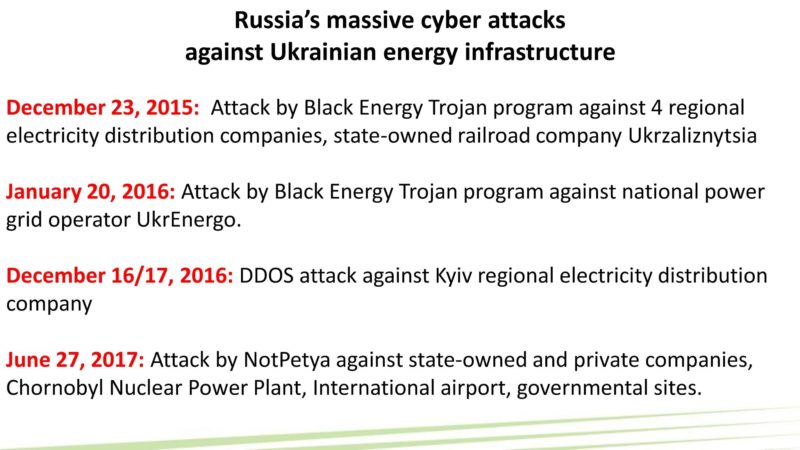
Energy resources and infrastructure have always played a vital role in Russia’s expansionist politics. Russia openly declared in its Energy Strategy of the Russian Federation for the period up to 2020, adopted in the early years of Putin’s presidency in 2003, that its energy resources and infrastructure are “tools for domestic and foreign policy.”
Russian political elites have always sought to subjugate the energy infrastructure of the EU and Eastern Europe. For years they have been following the principle “Whoever owns pipelines, or midstreams also controls upstreams and downstreams.” Therefore, Russia focused on establishing control over European gas markets via multiple Gazprom-affiliated companies that acquired shares in European gas companies and distribution networks.
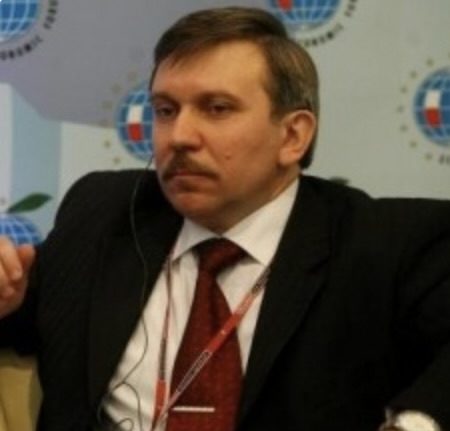
Mykhailo Honchar is an Ukrainian energy security expert and President of the Centre for Global Studies Strategy XXI.
Read more:
- Russo-Ukrainian War. Day 239: Another Russian massive strike on Ukraine’s civilian infrastructure
- Power, night illumination cuts all over Ukraine after Russian strikes on energy infrastructure
- Russo-Ukrainian War. Day 238: Russia hits Ukraine’s energy infrastructure again
- Power outages in Dnipropetrovsk Oblast after Russia hits energy infrastructure
- Russia attacked energy infrastructure facility in Kyiv Oblast
- NATO chief praises Ukrainian advance, warns Russia against nuclear weapons
- Russian nuclear strike would fundamentally “change nature of the conflict” NATO chief
- Procedures for Ukraine’s accession to NATO should begin now despite war – Luthuania MoD
- Russian nuclear strike would almost certainly draw “physical response,” NATO official said
- Baltic Sea as a “NATO lake” and limits to Erdogan romance: NATO Summit delivers blows to Russia
- NATO’s Strategic Concept-2022: names Russia as threat, deletes key commitment to act on this threat

